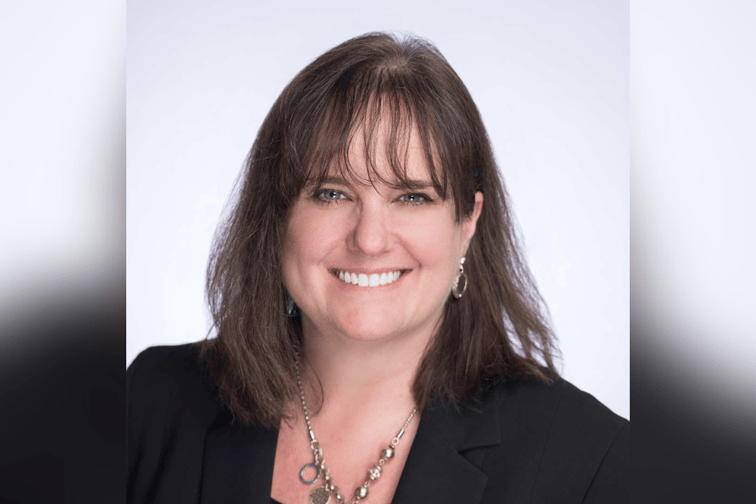

Straight-through processing (STP), or automation, has been touted as the next stage of the insurance industry’s digital evolution for the past few years. Kirstin Marr (pictured), chief analytics officer at Insurity, said there are several signals in the industry that this capability will take off in 2023.
“Predictive analytics has now become table stakes for carriers. They are using all the right components [to implement STP],” said Marr. “The next big leap is for the insurance industry to truly trust those analytics and get to the automation. That’s where you see a lot of opportunity for improvement in commercial lines.”
Insurity is a provider of cloud-based software for property-casualty insurance carriers, brokers, and MGAs. The Connecticut-based tech firm has offices in Illinois, Montreal, and London.
STP is meant to streamline and simplify the insurance process, shortening the claims and underwriting process by cutting out manual intervention. But analytics are the backbone of this process, according to Marr.
Carriers already leverage this technology to offer policy discounts and proactive risk management services, and to tailor custom coverage to match customers’ information. The global insurance analytics market is forecast to grow to just shy of $12 billion by 2023. Rapid adoption of data-driven automation is the next logical step.
“Under half of insurance carriers are developing their strategies or are in the pilot phases implementing straight-through processing. Less than 40% are in the early stages of production,” Marr said. “I see STP taking the same trend as the advanced technologies in years passed. Now it’s about putting everything together and executing it as true automation.”
Cost savings are top of mind for insurance executives these days as inflation, catastrophe losses, and economic uncertainty bite into organizations’ bottom lines. STP allows underwriters and claims professionals to spend their time on higher-value tasks, which also reduces the need to add headcount.
“For most carriers and MGAs, automation is an opportunity to do more with less, to keep their staff but be able to grow without adding cost,” Marr said. “It’s the main accelerator for STP and the reason we should be watching it in 2023.”
Storms, hurricanes, wildfires, earthquakes, and other catastrophes are increasing in frequency and intensity year after year. To keep pace with these events, pay claims quickly, and deliver the best service to their customers, STP will be a critical tool in insurers’ arsenal.
“Carriers need to find better ways of dealing with the deluge of claims, so they are forced to create efficiencies. There’s just too much coming in, so that’s another big trigger,” Marr told Insurance Business.
Finally, carriers need to deal with ever-growing expectations from stakeholders to increase their technological capabilities. According to Marr, this pressure comes from two fronts.
“Your policyholders expect it, your agents expect it, but your employees also expect it,” she explained. “Especially when you're bringing in younger workforce, there's both external and internal expectations [to implement STP].”
There’s no doubt about automation’s ability to help carriers scale insurance processes quickly and efficiently. But are legacy systems ready for the jump?
“That's a great question and that's why I started with asking if carriers are adopting the legs of the [STP] stool,” Marr said. “The move to the Cloud makes it a lot easier for insurers. For the big companies, it's hard to be nimble when you have a big legacy system. But with so many carriers moving to the cloud, they now have more technology options available to them and it's easier for them to leverage some of the more advanced technologies.”
Carriers need both the right software workflow and data analytics to inform STP and ensure risk assessment is right. But Marr said executives don’t need to rush the process.
“There are ways to dip your toe into full STP, testing it and then growing the size of your portfolio both in underwriting and claims, to ensure you’re comfortable. That’s what we see a lot of carriers doing,” she added.
“Personal lines have shown the industry that this can be done effectively. Truly trusting in automation is the next leg for commercial lines. It’s putting all the tools together, getting comfortable, and implementing the right mindset and culture in their organizations.”
What are your thoughts on straight-through processing in P&C insurance? Let us know in the comments below.
